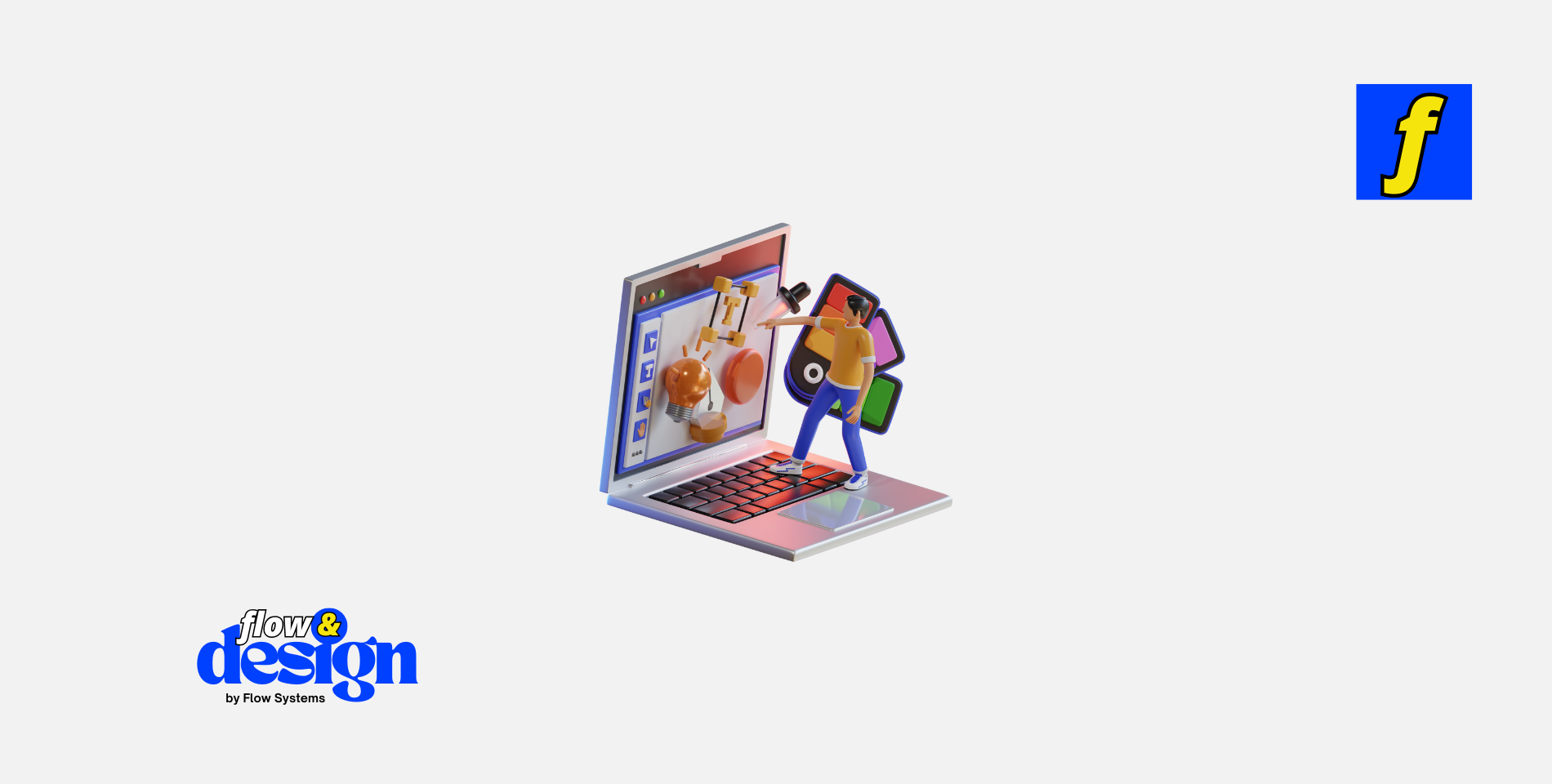It is essential for websites to captivate and engage users from the moment they land on a page. One effective way to achieve this is through the use of motion graphics in web design. Motion graphics are animations or digital footage that create the illusion of motion or rotation, and they can be a powerful tool for enhancing user experience and making a website more visually appealing.
What are Motion Graphics?
Motion graphics are a versatile form of digital art that combines graphic design, animation, and video production to create engaging visual content.
They can be used to convey information, tell a story, or simply add visual interest to a website. Motion graphics can include animated logos, transitions, background videos, scrolling effects, and more. By incorporating motion graphics into web design, designers can create dynamic and interactive experiences that capture the attention of users and keep them engaged.
Benefits of Motion Graphics in Web Design
There are several benefits to using motion graphics in web design. One of the main advantages is that motion graphics can help to communicate complex information in a simple and engaging way. For example, an animated infographic can be more effective at conveying data than a static image or text. Motion graphics can also help to create a sense of movement and flow on a website, guiding users through the content and drawing their attention to key elements.
Another benefit of motion graphics in web design is that they can enhance the overall aesthetic of a website. By adding visual interest and interactivity, motion graphics can make a website more visually appealing and memorable. This can help to create a positive first impression on users and encourage them to explore further. Additionally, motion graphics can help to establish a brand identity and differentiate a website from its competitors.
Ready to take your website’s user experience to the next level with stunning motion graphics? At Flow & Design, we specialize in creating visually engaging websites that captivate users and boost engagement. Our expert team is here to integrate motion graphics into your site seamlessly, enhancing the overall user experience.
Let us help you make a lasting impression on your audience. Explore our pricing options and get started on your project today!
Best Practices for Using Motion Graphics in Web Design
While motion graphics can be a powerful tool for enhancing user experience, it is important to use them strategically and thoughtfully. Here are some best practices for incorporating motion graphics into web design:
1. Keep it simple: Avoid overwhelming users with too many animations or effects. Instead, focus on using motion graphics to highlight key elements and guide users through the content.
2. Use motion graphics to tell a story: Consider how motion graphics can help to convey a narrative or message. For example, an animated sequence can be used to introduce a product or service in a creative and engaging way.
3. Optimize for performance: Be mindful of the impact that motion graphics can have on website performance. Use compressed file formats, optimize images and videos, and consider how animations will load on different devices and connection speeds.
4. Test and iterate: Monitor user engagement with motion graphics and gather feedback to determine what is working well and what can be improved. Continuously test and iterate on motion graphics to ensure they are enhancing user experience.
Examples of Effective Motion Graphics in Web Design
There are many websites that effectively use motion graphics to enhance user experience and create visually stunning designs. One example is the website for Apple’s iPhone 12, which features a dynamic scrolling effect that showcases the product’s features and design in a captivating way. Another example is the website for Google’s Material Design, which uses animated transitions and interactive elements to demonstrate the principles of material design in action.
Apple iPhone Website
The website for Apple’s iPhone uses motion graphics to create a seamless and engaging user experience. As users scroll down the page, they are treated to a series of animations that highlight the phone’s features, such as its camera capabilities and design details. The motion graphics help to bring the product to life and showcase its key selling points in a visually appealing way.
Google Material Design Website
The website for Google’s Material Design is another great example of how motion graphics can enhance user experience. The site features interactive elements and animated transitions that demonstrate the principles of material design in action. Users can click on different components to see how they respond to touch and interaction, creating a dynamic and engaging experience.
Conclusion
Motion graphics are a powerful tool for enhancing user experience and creating visually compelling web designs.
By incorporating motion graphics strategically and thoughtfully, designers can create dynamic and interactive experiences that captivate users and keep them engaged. Whether used to convey information, tell a story, or simply add visual interest, motion graphics have the potential to elevate a website and make it stand out from the competition. By following best practices and experimenting with different techniques, designers can harness the power of motion graphics to create memorable and impactful web experiences.
Products
- Landing Page Design eBook – Learn how to create high-converting landing pages.
- Learn Design Basics eBook – Perfect for beginners who want to master design fundamentals.
- Golden Ratio Design eBook – Discover how to apply the golden ratio in your designs.




